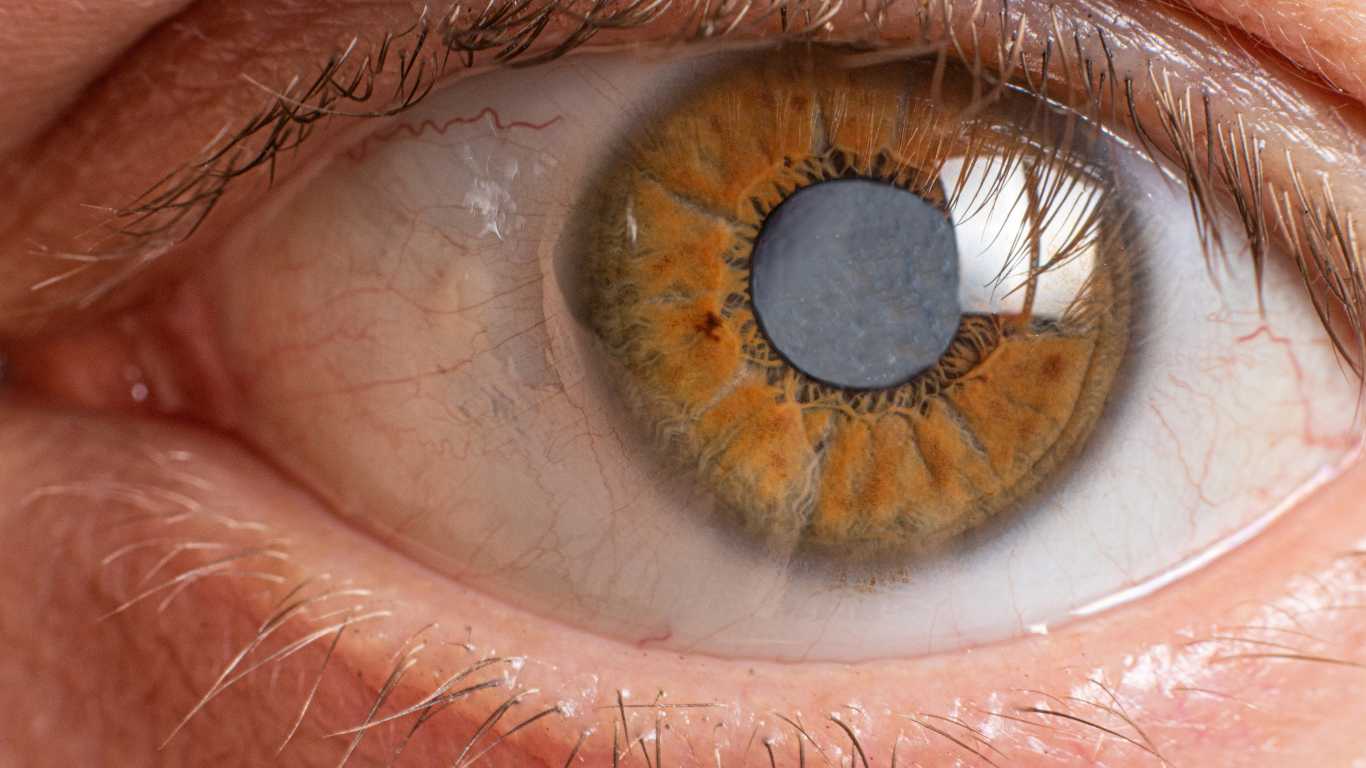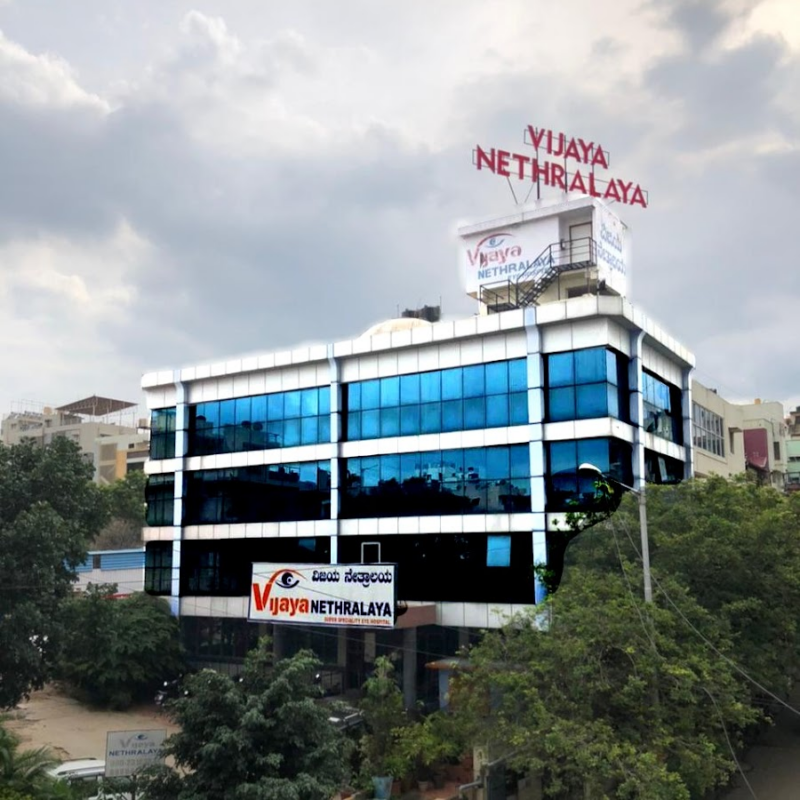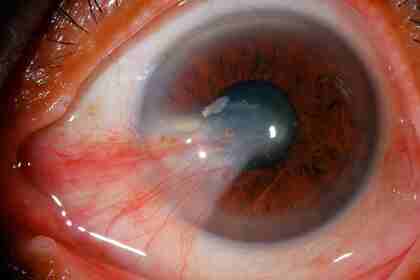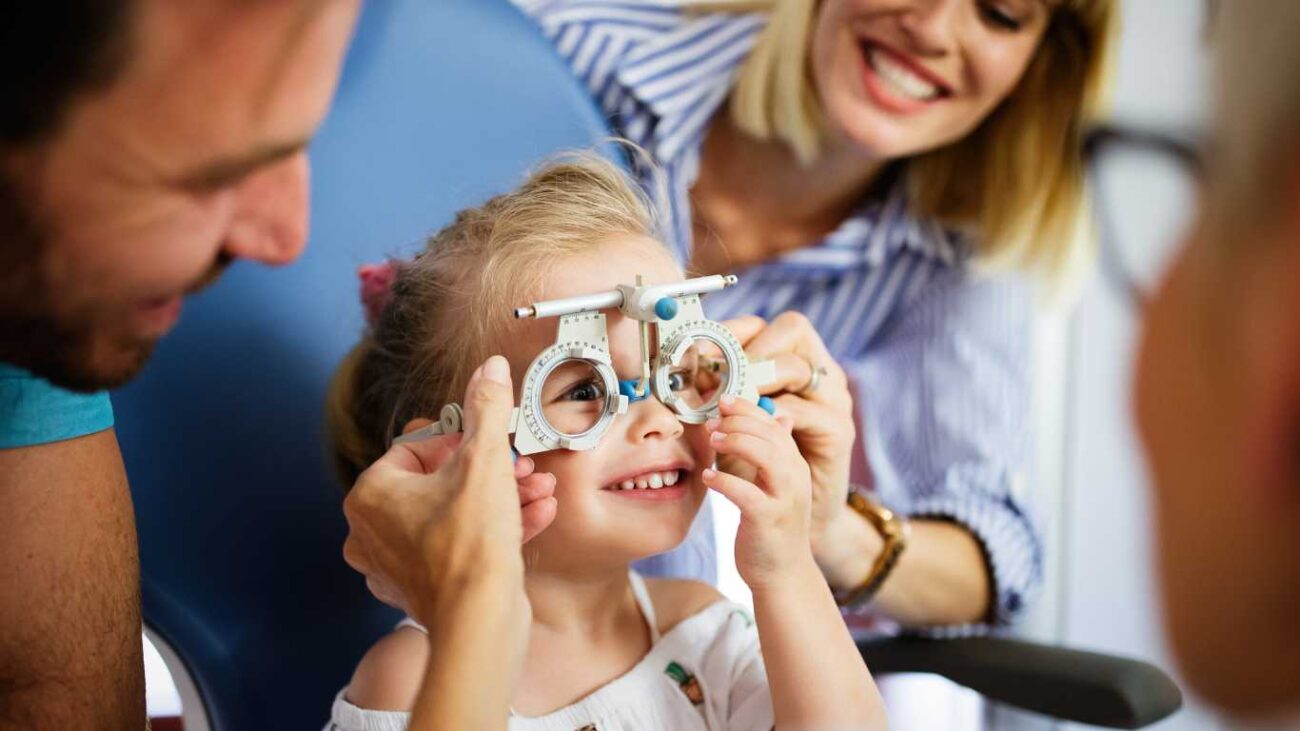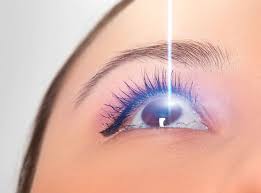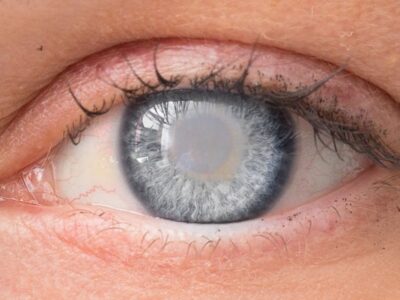Introduction:
Cataracts/ Motiyabind are clouding of the eye’s natural lens, leading to decreased vision. While primarily associated with aging, cataracts can develop for various reasons, impacting individuals of all ages. Understanding the causes, symptoms, and available treatments can empower you to make informed decisions about your eye health.
What Are Cataracts / Motiyabind?
Cataracts form when the proteins in the eye’s lens clump together over time, causing cloudiness and hindering the passage of light. This results in blurred or distorted vision. While cataracts usually develop gradually, they can significantly affect daily activities such as reading, driving, and recognizing faces.

Common Causes of Motiyabind:
Age-related changes in the lens proteins stand out as the most common cause of cataracts. However, cataracts can also result from:
- Having a family history of cataracts can increase the likelihood of developing them due to genetic predisposition.
- Medical conditions like diabetes and hypertension can expedite the formation of cataracts.
- Trauma, particularly eye injuries, can potentially result in cataracts, sometimes even years after the initial injury occurred.
- Extended exposure to UV rays without proper eye protection can potentially contribute to the development of cataracts.
Recognizing the Symptoms Motiyabind:
Early symptoms of cataracts may initially include blurred vision, along with sensitivity to light, and difficulty seeing at night. As the condition advances, cataracts progress, and you might experience faded colors, which can further lead to double vision, and the need for frequent prescription changes.
Diagnosis and Consultation Motiyabind:
If you suspect cataracts, it’s advisable to consult an eye specialist. a comprehensive eye exam can confirm the presence and severity of cataracts. During this examination, the doctor will assess your visual acuity, dilate your pupils, and carefully examine the condition of the lens.
Types of Cataracts/ Motiyabind:
There are several types of cataracts, including:
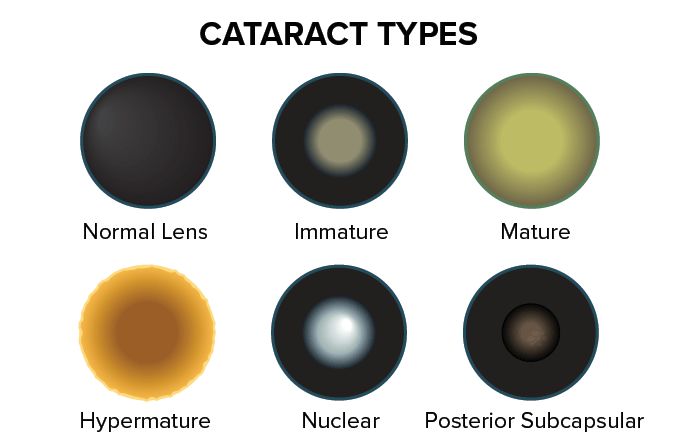
- Nuclear cataracts develop precisely at the center of the lens and are intricately linked to the aging process.
- Cortical cataracts, on the other hand, form along the outer edges of the lens, gradually progressing inwards.
- Subcapsular cataracts, on the contrary, manifest at the back of the lens and frequently impact individuals with diabetes or those who are prescribed high doses of steroids.
Risk Factors to Consider:
Various risk factors contribute to cataract development:
- Age: The risk increases as you grow older.
- Smoking and Alcohol: Both habits can accelerate cataract progression.
- Certain Medications: Long-term use of corticosteroids can raise the likelihood.
Prevention and Lifestyle Changes:
While cataracts are unavoidable for some, certain measures may delay their onset:
- Healthy Diet: A diet rich in antioxidants may help prevent cataracts.
- UV Protection: Wear sunglasses that block UV rays.
- Quit Smoking: If you smoke, consider quitting to reduce the risk.
- Manage Medical Conditions: Control diabetes and hypertension effectively.
Non-Surgical Approaches:
In the early stages, improving lighting and using magnifying lenses can aid vision. However, these measures are temporary solutions.
Surgical Interventions:
Cataract surgery involves removing the clouded lens and replacing it with an artificial intraocular lens (IOL). The surgery is safe and highly effective, with minimal recovery time.
Cataract Surgery: What to Expect:
Before surgery, the eye is measured to determine the appropriate IOL. During the procedure, the cloudy lens is broken into pieces and removed through a small incision. The IOL is then inserted, restoring clear vision.
Choosing the Right Intraocular Lens (IOL):
Different types of IOLs are available, including monofocal, multifocal, and toric lenses. Your surgeon will help you choose the best option based on your lifestyle and visual needs.
Post-Surgery Recovery and Care:
The recovery period typically spans a few weeks. During this time, you’ll receive a prescription for eye drops that serve to prevent infection and minimize inflammation. It’s crucial to adhere closely to your surgeon’s instructions to ensure a seamless and successful recovery process.
Complications and Risks in motiyabind:
While cataract surgery is generally safe, complications such as infection, retinal detachment, or secondary cataracts can occur. These are rare and manageable with prompt medical attention.
Living with Improved Vision: Success Stories:
After the successful completion of cataract surgery, many individuals find that their vision undergoes a remarkable improvement. Notably, colors appear more vibrant, making activities like reading and driving much easier and more enjoyable.
Author Details:
Dr. Sushruth Appajigowda holds a prominent position as a Cornea, Cataract, Glaucoma, and LASIK Surgeon in Bangalore. He serves as the chief Cataract and Refractive surgeon at Vijaya Nethralaya Eye Hospital, Nagarbhavi Bangalore. Renowned as one of the finest LASIK surgeons nationwide, he brings with him over 12+ years of experience across multiple LASIK platforms, including ZEISS, ALCON, SCHWIND, AMO, and Bausch and Lomb. Having successfully conducted over 5000 LASIK procedures, Dr. Sushruth holds the title of a Certified Refractive Surgeon and a Fellow of the All India Collegium Of Ophthalmology. Furthermore, he stands as a distinguished speaker at various National and International Forums, using his expertise to guide you in selecting the most suitable procedure based on your health requirements.

Conclusion:
Motiyabind, or cataracts, can be a daunting prospect, but with advancements in medical technology, effective treatments are readily available. By understanding the causes, symptoms, and various treatment options, you can take control of your eye health and embark on a journey towards clearer vision.
FAQs:
- Is cataract surgery painful? Cataract surgery is typically painless due to anesthesia. Discomfort during recovery is minimal.
- Can cataracts come back after surgery? No, cataracts cannot return after surgery. However, in some cases, a secondary cataract may develop, which can be treated easily.
- Are older adults at risk during cataract surgery? Not really. In fact, cataract surgery is generally considered safe for older individuals. The benefits of the surgery often outweigh any potential risks involved.
- Can lifestyle changes alone cure cataracts? Lifestyle changes can delay cataract development, but surgery remains the only effective cure.
- When should I consider surgery? Consult an eye specialist to determine the right time for surgery based on your visual needs and lifestyle.

